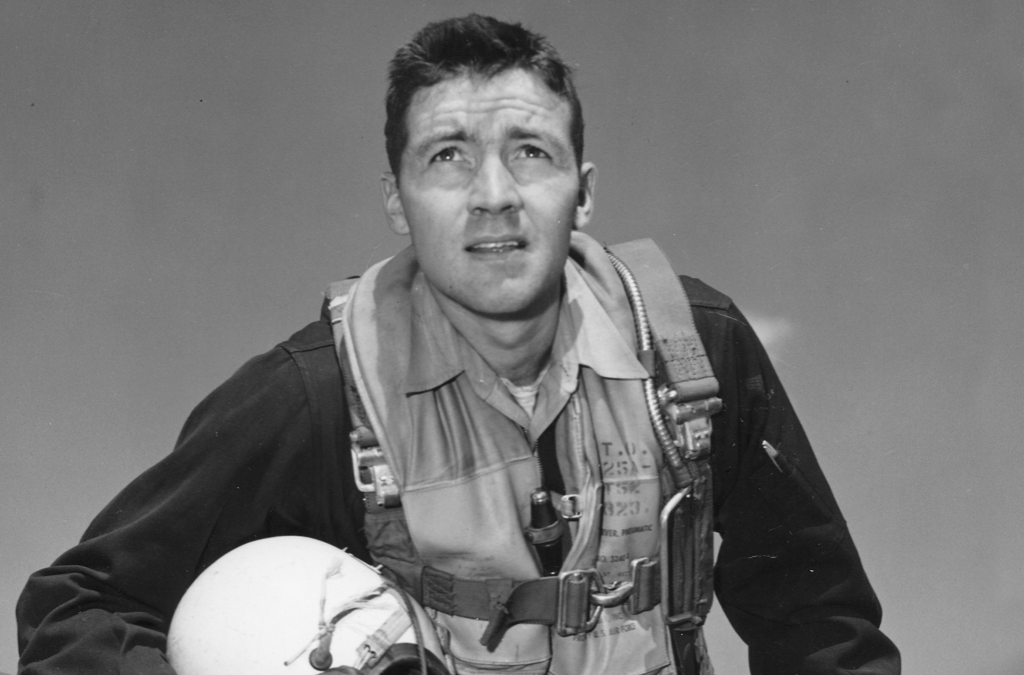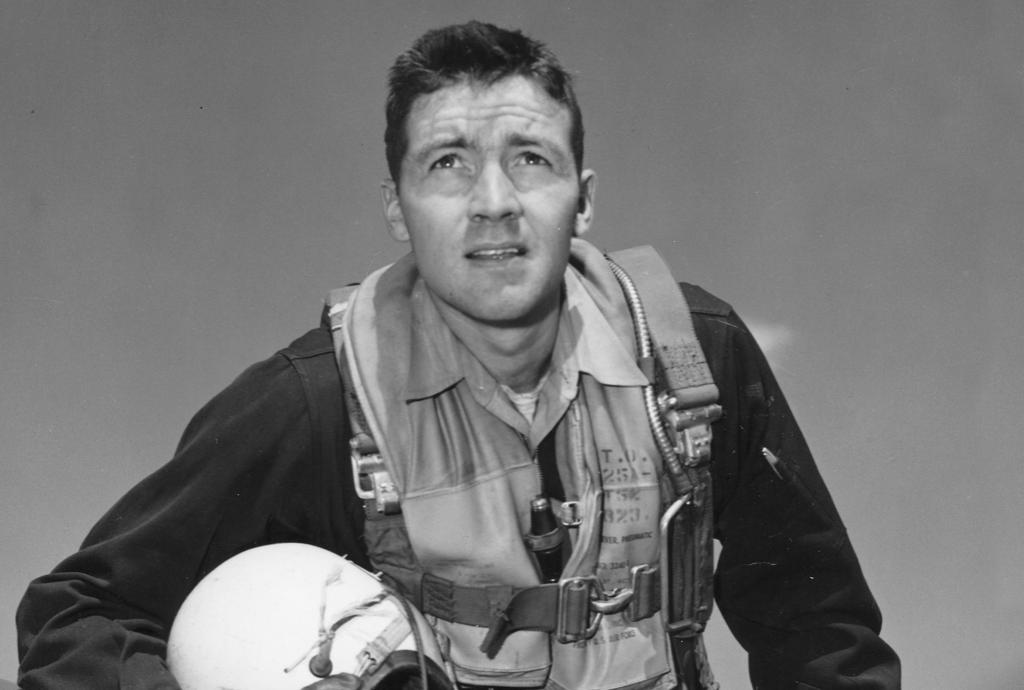
Top Gun Leadership Lessons
In 1953 then second lieutenant John Boyd completed an unremarkable tour of duty for the US Air Force in Korea. On his return Boyd was invited to attend the US Air Force’s Fighter Weapons School where he graduated top of his class.

He stayed on as an instructor and rapidly earned the nick name Forty Second Boyd. His party piece was to challenge all comers that he could meet them in aerial combat from a starting position of disadvantage (for example at a far lower altitude) and defeat them in under 40 seconds. The equivalent of a boxer offering to fight with one hand tied behind their back. Boyd always won. Forty seconds is less time than it will take you to read the first three paragraphs of this article. He was a real-life Top Gun.
Aviation history is dotted with charismatic individuals like Boyd; those who were somehow just that bit better than the others. Perhaps the best known of these is the Red Baron, the German flying ace Baron Manfred von Richthofen so named for his characteristic scarlet painted aircraft. The highest scoring ace of the First World War he remains a semi-fabled figure even today. Although he is now perhaps best known as Snoopy’s imaginary foe in the Peanuts comic strips.
What set Boyd apart is that he wondered what it was, beyond simple flying ability, that these individuals and indeed that he himself possessed that enabled them to consistently win in the ultimate zero sum game. And could it be taught and learnt?
Boyd, by now a full Colonel, outlined the answer to his own question in his defining work entitled Discourse on Winning and Losing. I’ve read it so you don’t have to and understood barely a word. His thesis combines Godel’s Incompleteness Theorem, Heisenberg’s Uncertainty Principle and The Second Law of Thermodynamics (I’m not kidding). However, Colonel Boyd’s conclusions are profound and go well beyond the gladiatorial arena of dogfighting.
In air combat Boyd described the process of the two flyers as a decision loop made up of four steps: Observation, Orientation, Decision and Action. What is now known as the OODA Loop.
In the three dimensional arena of the sky the respective pilots unconsciously move along the stages of this loop in order to position their aircraft in a way that enables them to defeat their opponent. Their decisions however are not taken in isolation but are contingent on each other. It’s a kind of deadly dance; the fighters’ two OODA Loops intertwined. However, in simple terms, Boyd’s theory is that the pilot able to get his loop inside that of his opponent, in other words, the pilot who can respond to his changing environment the fastest, wins. In Boyd’s party piece, his was under forty seconds.
OODA is not a nice snappy acronym, which in some ways is refreshing. It suggests the words have been chosen for utility and accuracy rather than as a catchy book title: Observe, Orient, Decide, Act.
Boyd’s model describes the difference between aerobatics and air fighting. The former is a solo demonstration of the pilot’s pure flying ability, the latter is about winning. In so much of what it is written and taught about leadership and change it is treated as a solo act, one that happens in isolation, like aerobatics. This is useful up to a point, but in almost any real world context, whatever your objective: to win the pitch, to win the league, to win more customers, to attract better people, it is useful, if not critical, to remember that your competition get a vote also. For each move of yours they will make their own. In Lewis Carroll’s Alice in Wonderland, The Red Queen advises Alice, ‘Now, here, you see, it takes all the running you can do, to keep in the same place. If you want to get somewhere else, you must run twice as fast as that.’ You must get inside their OODA Loop.
Leadership in the real world is not an abstract event pursued within a closed system, rather it is a contingent process pursued within an open system. Your actions create reactions which you cannot fully predict or control. You must therefore consider effective leadership not as a linear process but a cycle comprising a series of repeated steps: observation, orientation, decision and action. Boyd, and the Red Queen advise that the faster you can complete this loop, the more likely you are to be able to control events and force those slower than you to respond to your actions rather than you theirs. Something we can only suppose Tom Cruise understands very well.